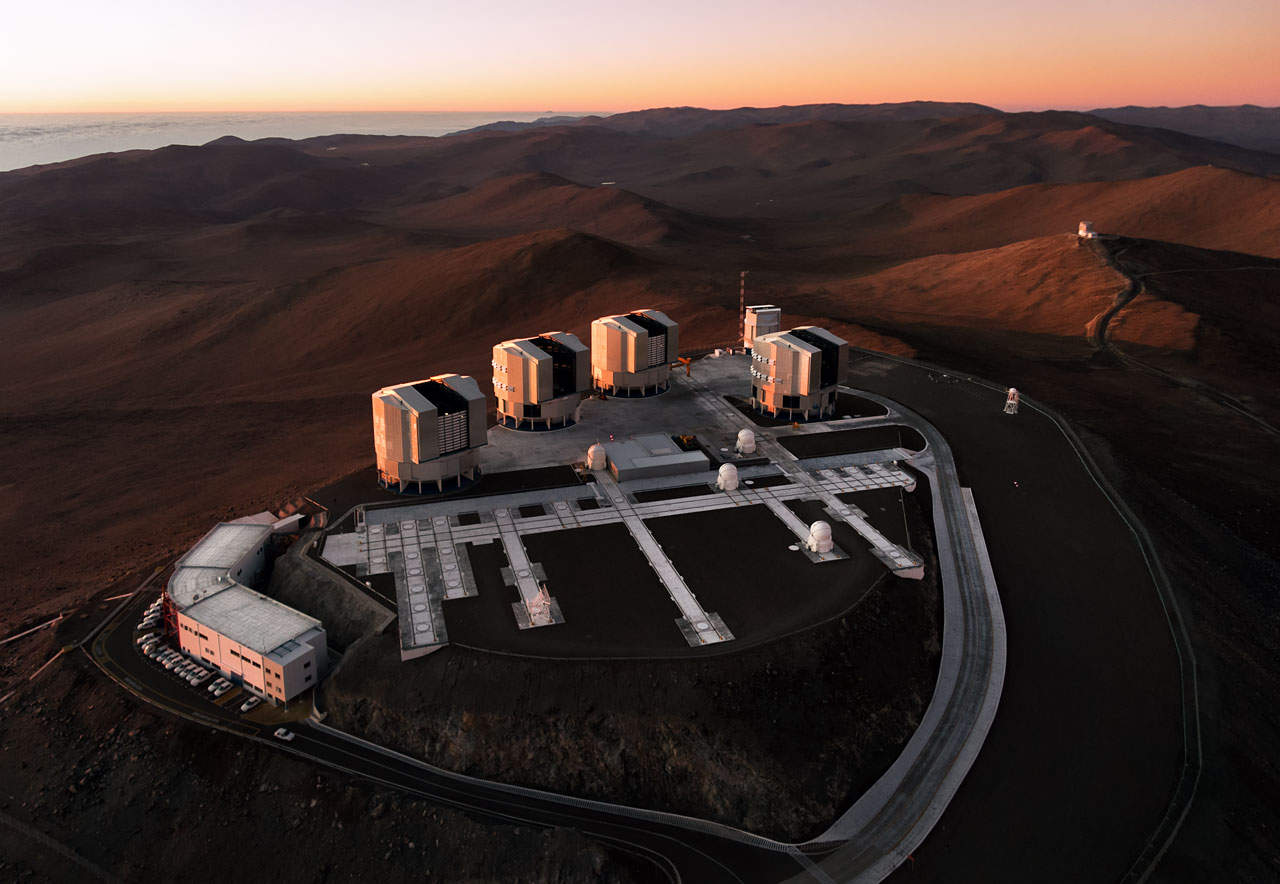The case for a continuous human presence in space

NASA Deputy Administrator Pam Melroy recently revealed that NASA is reconsidering its commitment to continuous human presence in low Earth orbit (LEO) after the International Space Station (ISS), potentially opting for intermittently crew-tended missions. This marks a significant departure from the 2020 National Space Policy, which emphasized maintaining an uninterrupted human presence in orbit.
Having spent a year at the Amundsen-Scott South Pole Station and time aboard the Nathaniel B Palmer Antarctic Research Vessel, I can attest to how extreme environments shape our understanding of what it means to survive, work and thrive where humans are not naturally equipped to exist. These experiences have shown me the true value of continuous human presence for achieving meaningful advances in science, research and exploration. As we weigh the future of low Earth orbit (LEO) post-ISS, we must recognize the profound difference between intermittent presence and the continuous human heartbeat that keeps these missions alive and drives societal advancement.
If we move away from aspirations for a continuous human presence, we risk regressing to an era when humans were visitors, not inhabitants, in orbit. Such a shift would compromise decades of scientific and institutional presence and hinder our ability to build a sustainable future in space.
The South Pole: A parallel in extremes
Living in Antarctica is not unlike living in space. Both depend on outside logistical support, yet these hostile conditions enable unparalleled research and discoveries impossible elsewhere. My time at the South Pole Station demonstrated the importance of year-round human occupation. Antarctic stations with only summer crews cannot support the complex experiments maintained at continually crewed facilities like the South Pole Station.
The lessons from the South Pole apply to LEO. Just as we prepare the station in winter to ensure the summer crew can focus on science, a continuous presence in orbit keeps space stations operational, enabling advanced research that benefits Earth.
The cost of vacancy
Running a station in Antarctica is expensive, as is maintaining a station in space. The extreme conditions cause wear and tear on facilities, and without constant maintenance, infrastructure degrades rapidly. At the South Pole, my winter crew ensured the station was operational for summer teams, freeing them to focus on research. In space, without a permanent crew, short visits would require extensive work just to make the station usable, cutting into already limited research time.
We’ve seen the consequences of neglecting infrastructure in Antarctica, where aging infrastructure has led to the cancellation of next-generation Cosmic Microwave Background experiments. We cannot afford similar mistakes in space.
Human presence equals human progress
Science in extreme environments is hard, and things constantly break. My charge, the BICEP3 telescope, often needed human intervention to avoid long-term outages. Without a crew on-site, it would have remained offline for months, losing valuable data. A human presence allows us to react in real-time, maximizing the value of taxpayer-funded technology the cosmology community masterfully designed, built, and transported to the end of the world.
This adaptability is even more crucial in space. Machines break, and without humans to repair them, experiments are lost. The continuous presence on the ISS has ensured uninterrupted inquiry. Losing that momentum would set back space research by years.
Frequent turnover in LEO, like in Antarctica, leads to knowledge loss and increases resources spent on turnover. The most valuable Antarctic crew members were often those with the longest tenure. Their deep understanding of facilities and experiments cannot be developed or transferred during intermittent missions.
It also takes time to acclimate. In Antarctica, altitude sickness, extremely cold and dry conditions as well as sleep disruption can hamper station members for weeks. In space, astronauts face similar challenges like vestibular disorientation. On short missions, the adjustment period consumes precious research time, reducing mission effectiveness.
The heartbeat of progress
We are at a critical juncture. Choosing intermittent missions over continuous presence in LEO would return us to the shuttle era, an era of sporadic exploration, constraining breakthroughs and stalling progress.
We must resist the easier, cheaper path of “continuous capability” and instead commit to continuous human presence in LEO, as China is doing with its Tiangong space station. This is about more than advancing science— it’s about maintaining the infrastructure that makes these advances possible. Intermittent presence reduces us to visitors in space, and visitors seldom build a future. Let’s not let the heart of human space exploration skip a beat.
Manwei Chan, a Ph.D. graduate in Aerospace and Astronautics from MIT, has worked in the commercial space industry at Draper, E-Space, and Voyager Space. He has conducted research in extreme environments, including a year at the Amundsen-Scott South Pole Station with the BICEP cosmology telescope and deployments to the Atacama Desert and aboard research vessels in the Southern Ocean around Antarctica.
Related
Read the original article here




